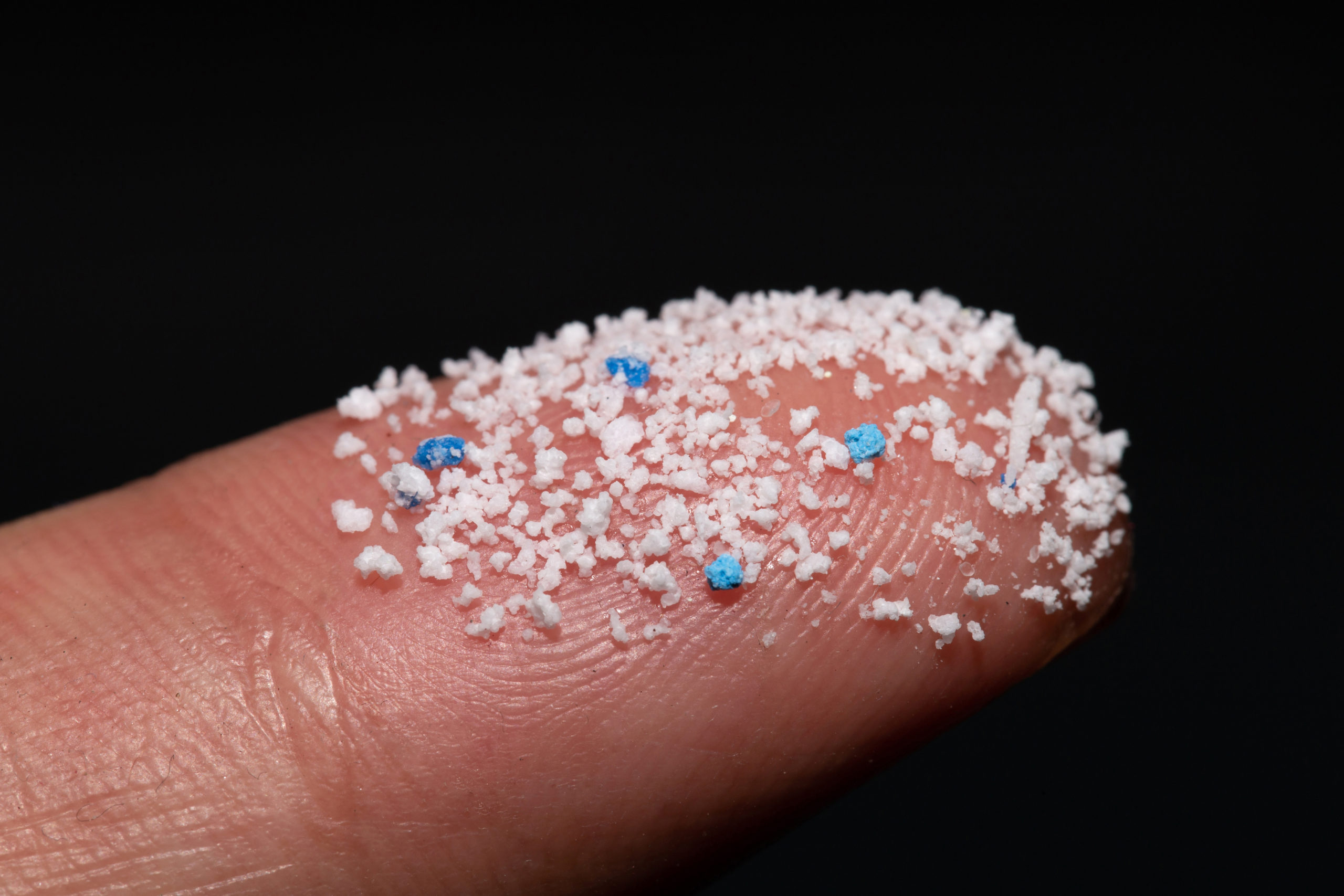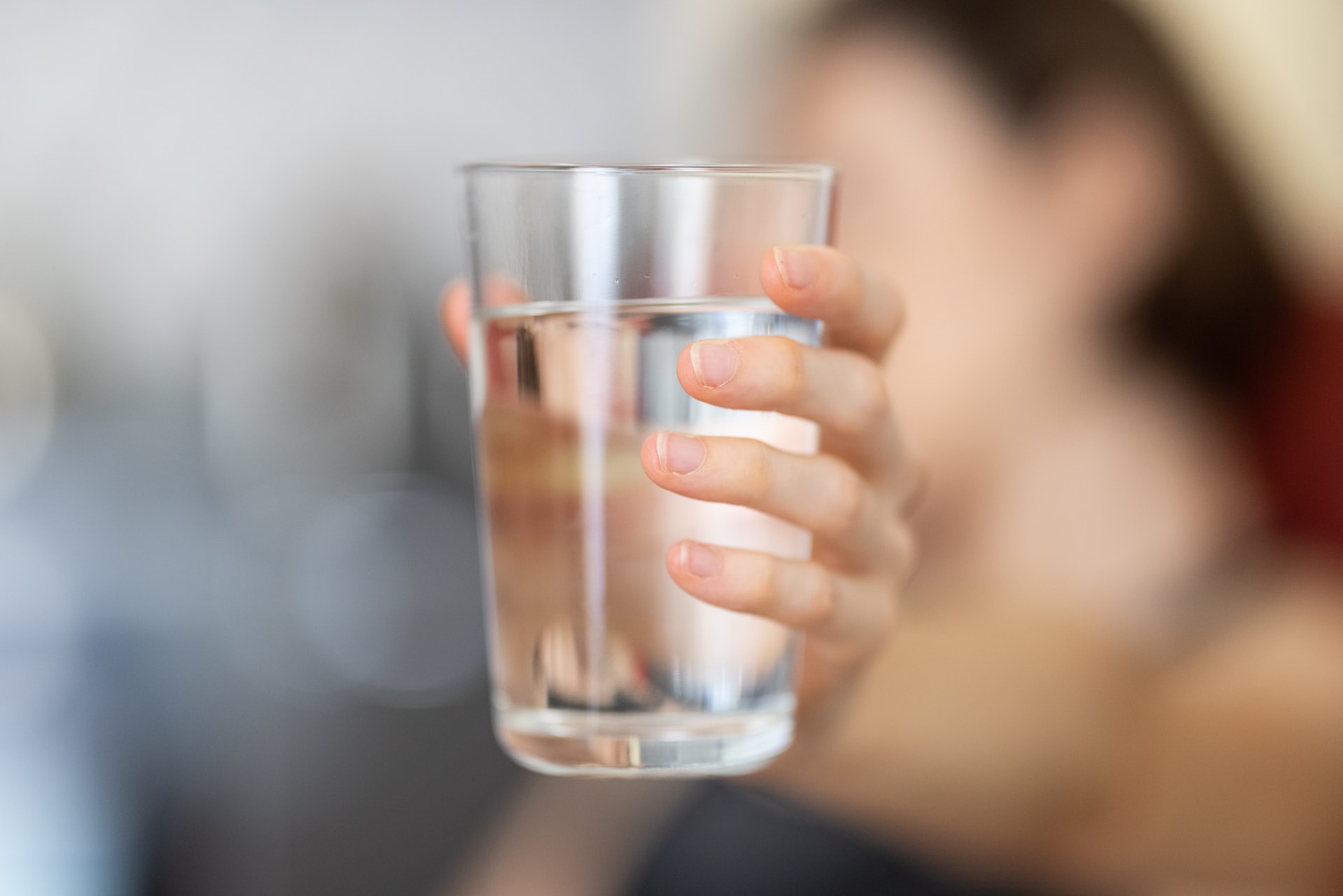Study: Most Plastics Leach Hormone-Like Chemicals


BPA, or bisphenol A, is an industrial chemical that has been used to make certain plastics and resins since the 1950s. It was most commonly used in items packaged in plastic containers or used in the following:
- The inner lining of canned foods
- Sports drinking bottles
- Baby bottles/sipping cups
- Food containers/bags/deli packaging
- Toiletries
- Feminine hygiene products
- CDs and DVDs
- Household electronics
- Eyeglass lenses
- Sports equipment
- Dental filling sealants
BPA And Hormones
Safety concerns that hormone-like chemicals from some of those products could leach into food and beverages began to surface in the late 1990s and 2000s, triggering claims that BPA may be harmful to health.
BPA is said to mimic the hormone estrogen, in both its formation and function, which in turn, may influence growth, cell repair, reproduction, fetal development, and energy levels. Due to the body’s sensitivity to changes in hormone levels, BPA’s ability to mimic estrogen may adversely affect health. (1)
As a result many countries within the EU, Canada, and China now restrict its use, particularly in products marketed for babies and young children. (2) In the US, BPA is banned in baby bottles and sipping cups. (3)
Although some products and packaging still contain BPA, many manufacturers are shifting away and are now claiming to be BPA-Free. But what are the alternatives to BPA and are they safe?
New Products, New Concerns
Since the gradual phasing out of BPA, manufacturers have been exploring other options as a substitute for products and packaging, often advertised as BPA-free to ease consumer concerns. However, many products now contain BPF (bisphenol F) and BPS (bisphenol S), which is comparable in structure to BPA and may pose similar health problems.
Studies and research have revealed that most plastics leach hormone-like chemicals that act like the sex hormone estrogen.
One study, which did not look at health risks, researched over 450 plastic items from stores and supermarkets that came into contact with food products. (4)
The items included baby bottles, deli packaging, and flexible bags that were cut into pieces and soaked in saltwater or alcohol.
Tests were analyzed to see what came out of the product and results showed more than 70% of products tested released chemicals that mimicked estrogen. Products were then exposed to simulated sunlight, dishwashing, and microwaving with results showing over 95% testing positive. (4)
BPA-free
The study also concentrated on BPA-free baby bottles and water bottles. All testing positive in releasing estrogen-like chemicals – In some cases, higher amounts of estrogenic activity were discovered than in products known to contain BPA. This meant the tested product had other chemicals which leached hormone-mimicking estrogen. (4)
Health Issues
The controversy surrounding BPA has caused much debate among industry and consumer experts. Some studies have shown BPA to be relatively safe, while others have appeared to show genuine health concerns; both, at times, dependent on source funding. (5)
Let’s take a look at some of those possible health issues linked to BPA and the more recently used BPF & BPS.
- Higher blood pressure: Some human and animal studies report an increased risk of hypertension in patients with high BPA, BPS, and BPF levels. (6, 7, 8)
- Heart disease and Type 2 Diabetes: An examination survey carried out in 2003-2004 on 1455 adults between 18-74 years showed higher levels of BPA may increase the risk of diabetes and heart disease. (9)
- Higher risk of obesity: A cross-sectional study on 3390 adults aged 40 yr or older in China revealed obesity levels may increase due to levels of BPA in the body. Similar findings have also been observed in children (10, 11)
- May cause infertility in both women and men: Separate studies show men with higher levels of BPA are likely to have a lower sperm count and women lower egg production. (12, 13)
- BPS levels in the human body can be measured in the urine. In one study of children, there was a notable association between urinary levels of BPS and insulin resistance, abnormal kidney function, and abnormal vascular function. (14)
How to Avoid And Identify Products Containing BPA
With health warnings becoming increasingly common, more and more people are choosing to avoid products and packaging containing BPA and its replacements. However, until such products are eradicated, it is near impossible to remove them entirely from daily life.
Here are a few suggestions to identify (and reduce) exposure:
- Avoid packaged or canned foods: Eat mostly fresh, whole foods. Many fruits and vegetables do not need to be packaged in plastic bags or containers.
- Identify foods packaged in plastic containers labeled with recycling numbers 3 or 7 or the letters PC. These usually contain bisphenol chemicals.
- Drink from glass bottles: Buy drinks that come in glass bottles instead of plastic bottles or cans. If buying plastic bottled drinks, transfer the contents to glass or stainless steel containers whenever possible.
- Always use glass baby bottles instead of plastic ones.
- Limit your contact with shop receipts, as these contain higher levels of BPA.
- Buy children’s toys that are BPA-free especially if a child is likely to suck or chew on the toy.
- Avoid microwaving food stored in plastic containers. Use glass/pyrex instead. And if possible avoid plastic food storage containers.
- Buy powdered infant formula instead of liquid: Some reports recommend powders over liquids as the liquid is likely to absorb higher quantities of hormone-like chemicals from the container. Powdered formula is also a cheaper option than liquid. (15)
- Use homemade or natural cleaning products such as baking soda, vinegar, and essential oils.
Make The Switch
As consumers are becoming more aware of the dangers from plastics, both to their health and the environment through single-use/throw-away packaging; commercial food production and packaging manufacturers are still behind the curve. As we are now learning, even if they don’t contain BPA, most plastic products are still releasing estrogenic chemicals, some of which will end up being absorbed into the body. And though it is true, drinking the occasional beverage from a plastic bottle is reasonably safe, it is still better to make an informed lifestyle choice for improved health and wellness.
Balance your hormones, balance your weight, and balance your whole life! Click here to learn more.
Sources
- https://www.ncbi.nlm.nih.gov/pmc/articles/PMC2774166/
- https://www.healthline.com/nutrition/what-is-bpa#risk
- https://www.npr.org/sections/thesalt/2012/07/17/156916616/fda-bans-chemical-bpa-in-sippy-cups-and-baby-bottles
- https://www.npr.org/2011/03/02/134196209/study-most-plastics-leach-hormone-like-chemicals=
- https://pubmed.ncbi.nlm.nih.gov/16256977/
- https://pubmed.ncbi.nlm.nih.gov/22851732/
- https://pubmed.ncbi.nlm.nih.gov/22363351/
- https://www.sciencedaily.com/releases/2020/03/200330152209.htm
- https://pubmed.ncbi.nlm.nih.gov/18799442/
- https://pubmed.ncbi.nlm.nih.gov/22090277/
- https://pubmed.ncbi.nlm.nih.gov/22990270/
- https://pubmed.ncbi.nlm.nih.gov/21035116/
- https://pubmed.ncbi.nlm.nih.gov/20002217/
- https://en.wikipedia.org/wiki/Bisphenol_S
- https://www.consumerreports.org/cro/baby-formula/buying-guide/index.htm









